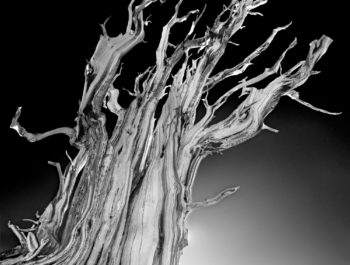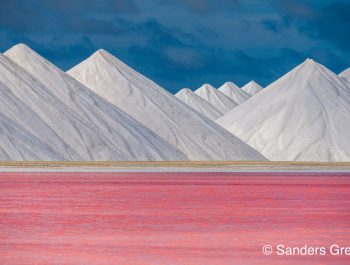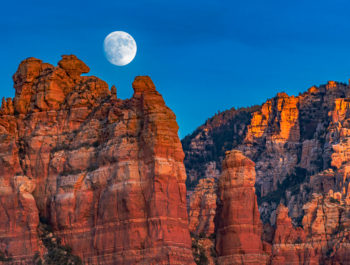Those Who Came Before Part One
To know ahead of time what you’re looking for
means you’re then only photographing your preconceptions, which is very limiting.
Dorothea Lange
Introduction
When I started landscape photography, I was influenced by those who came before me. I tried to create photographs similar to theirs. I tried to find the same locations and use the same gear. Doing so was both satisfying and frustrating. Satisfying because I followed in their footsteps. Frustrating because no matter how hard I tried, my photographs did not look like theirs. It took me a long time to understand that my work could not be similar to theirs because I was not them. I was myself. Eventually I moved on, I quit trying to create work similar to theirs, and started creating my own work. Today they exist on a historical plane. They are those who came before me. Historically significant but no longer influencing my work.
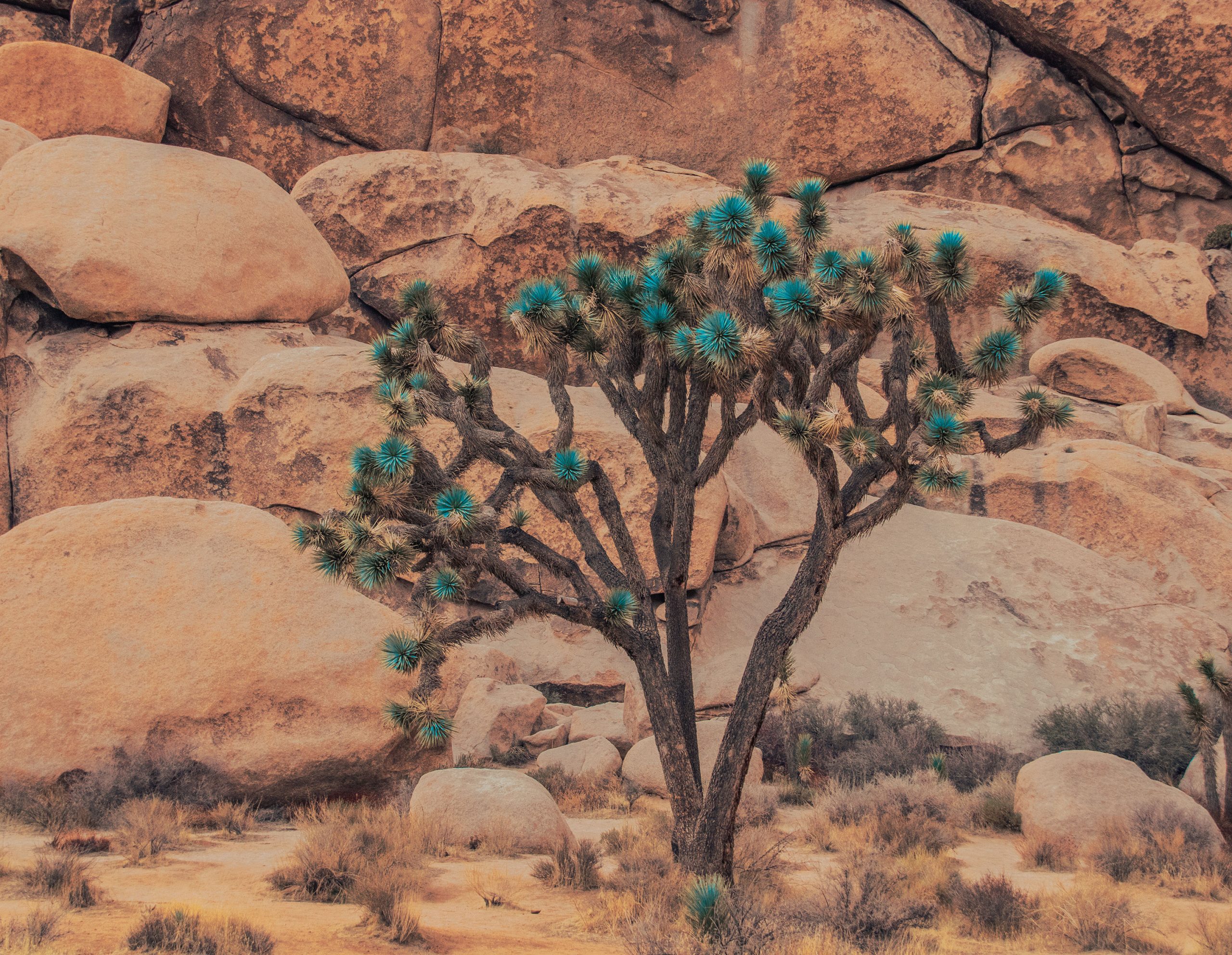
Comparisons
I started photographing the landscape by trying to create work comparable to the work of those I admired. This process in appearance simply hid a set of mixed emotions. At first there was admiration because their work is impressive, beautiful and praised. There was the desire to create images that were as good and as beautiful as those who came before me. There was envy when I understood that if I did the same work my images would be successful. Then there was intimidation when I realized that doing so would not be easy. Finally, there was animosity when I realized the scope of the challenges I was facing, when I understood they had set a level of artistic achievement so high that reaching it seemed impossible. This conflict within myself made those who came before me both friends and foes because they brought both inspiration and discouragement. Inspiration because of their achievements and discouragement because they set the bar so high.
Their work demonstrated the potential of the photographic medium. It also showed the challenges they had to overcome. To do as well as them I had to master the photographic medium and overcome similar challenges. The distance, the gap, between them and me was huge.
Mastery
When I see the photographs of a master their work looks simple and easy to do. When I watch a master at work I see them create flawless images effortlessly. Masters make it look easy. It is not. It just looks that way.
Seeing a master photographer at work is a deceptive experience. Watching them work does not show the years of study that gave them the facility I witness today. It does not show the years spent practicing and making mistakes. When those who came before me do their work, what is visible is the outcome of years of study, training, trial and error. What is not visible are the years of pressing on despite frustration and discouragement or the years spent fighting instead of giving up. What is not visible are the years they spent moving forward regardless of the challenges and the difficulties they faced.
Today their work is perfect. It has no flaws. It cannot be improved. It is easy for them to do. This is their reward for the years spent learning, practicing, failing and trying again. Understanding this was enlightening because it demonstrated what I could do with the medium if I persevered.
Taking Chances and Letting Go
The perfection of a master’s work was also limiting because the desire to create work as perfect as theirs prevented me from taking any chances, from exploring the medium outside of the domain of those who came before me. It stopped me from searching for my own approach to photography. I wanted to be as good as them, not as good as me. I was interested in reaching the level they reached, not reaching my own personal level. I measured the distance between them and myself, not between myself then and myself in the future. Those that came before me had created a distance between my work and their work, a distance I could not ignore but a distance that kept me from investigating who I was.
While it was good to be influenced by the photographers I admired, this did not mean I had to create images that were look-alike versions of their photographs for the rest of my life. I soon realized that their photographs had to remain one of a kind. That they had to remain images representative of a specific style, created in a specific place, at a specific time, to fulfill a particular vision. They should not become blueprints for images created by future generations of admirers. Turning original images into blueprints diminishes the vision of those who came before. It makes their vision a mainstream approach. Worse, it makes their vision the only approach one can think of when it comes to photographing a given subject or location.
I realized that being obsessed with the images of the masters I admired made me miss seeing images different from theirs. Goaded by the desire to create my own versions of their images I failed to see new images in the landscape. These new images were there. They stared me in the face but they were invisible to me. Focused on seeing what had already been seen I failed to see images that had not been imagined yet. These new images eluded me because I was seeking what had been done before and not what I could do now. My mind filtered out all possible images into a single category: my version of the images created by those who came before.
I understood that their images had become the only ones I could see. I had become blind to all other images because I was seeing through their eyes, not through my eyes. I also realized that my own images could not be seen by me, until I let go of seeing their images. Letting go of their way of seeing was the key to finding my own personal way of seeing the landscape. Finding my way, my approach to photography started by letting go of their approach to photography.
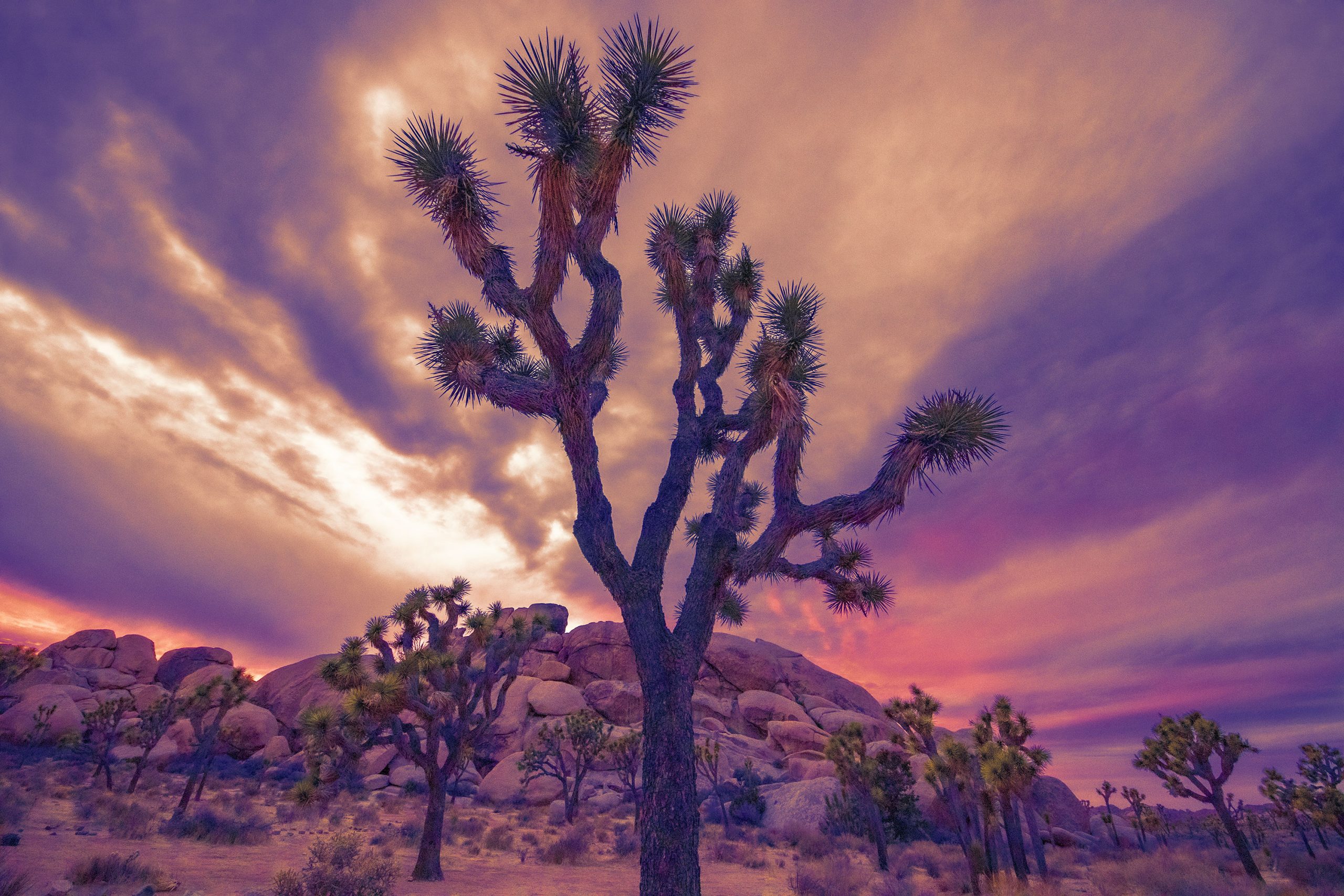
Surprise and Disappointment
Discovering the work of those who came before was both a surprise and a disappointment. The surprise was discovering their work. The disappointment was realizing they took away the opportunity to photograph the landscape the way they did. To think that way is obviously pretentious. It means I believed I could have done it first if they had not beat me to it. It means I believed they stole this style away from me. I was going to do it but they did it first. How unfair! How cruel! How discouraging. They took this opportunity away from me and this might doom my career, forcing me to forever create work similar to theirs.
Who says I would have done this if they had not come before me and done it first? If I was as good as I believed, why didn’t I think of something that has not been done yet? I could still be the first, I just needed to come up with something new. After all this is what those who came before me did. There were others who came before them but they did not let that discourage them. Instead, they visualized images that had not been created yet and they did these their way, before anyone else.
Instead of duplicating the work of those who came before them they decided to move on and create something new. In doing so they rebelled against those who came before them because they represented an anachronic way of thinking, an irrelevant paradigm, an outdated approach to art. They realized that those who came before them had indeed been successful but that their approach was no longer relevant. Endless copycats had turned that approach into a cliché.
I must be thankful instead of resentful. I must learn from them. I must look at what I can do instead of at what has already been done. I must look not at what I lost because of them but at what I gained because of them. I cannot look at what they took away from me because they took nothing away. In fact, I may not even have been here yet when they were doing the work that nags me today. Or, if I was here, I was not thinking of creating photographs. Photography was not one of my pursuits. In fact, it was their work, the work I resent today, that generated my interest and fueled my passion for the photographic medium.
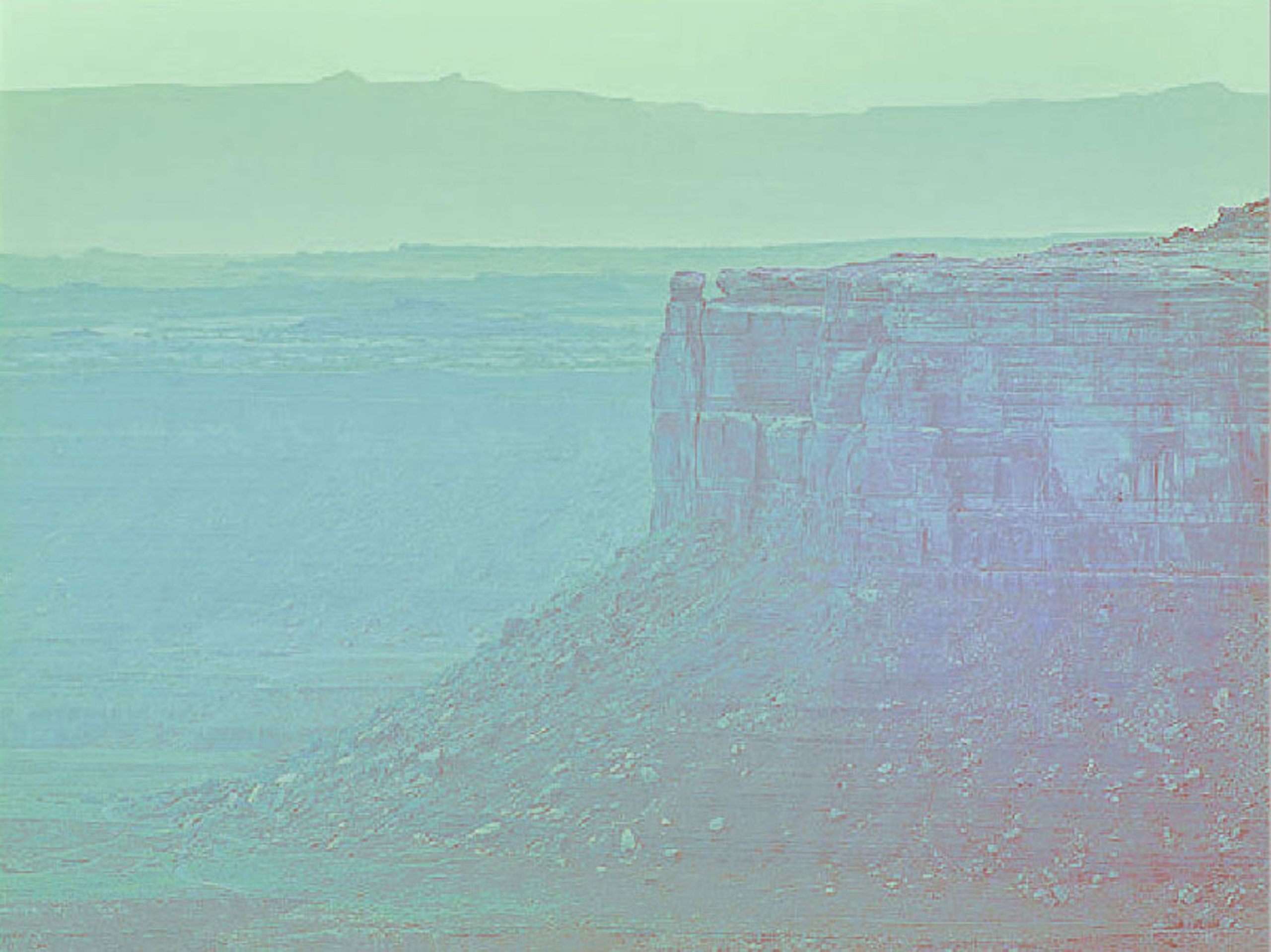
Friend or foe, passion or resentment, attraction or repulsion, positive or negative emotions combine and merge in an inextricable mess. Their simultaneous presence makes me unable to separate one from the other. They say you cannot feel anger and love at the same time, but this appears to be an exception because I can, or at least I believe I do. Depending on the moment one or the other of these two emotions prevails. They jump for attention, first love, then anger, only to swap over later on for no particular reason.
To get out of this frustrating mood I needed to look forward not backward. I needed to think of the positive aspects, of what was yet to come, not of what was once available but was now gone. Creativity would only be fostered by looking forward to what did not exist yet, to what was yet to be done, to what those who came before had not done, whatever the reason for not doing it might be. Maybe they just ran out of time. If so, I could not let that happen to me. I could not forget that they too were conflicted, that there were others who came before them, others I don’t even know of because they are not relevant to me. However, these others were as real to them as those who came before are to me.
Conclusion
Those that came before and that I admire are both guides and history. Their work is there to inspire but not to be repeated. Their work has already been done and redone by countless photographers. That is what I was doing by trying to recreate the photographs of those who came before me. I was not looking for my images, I was looking for theirs. Worse, I thought these were mine. They were not. They were theirs of course.
Today, I want the images of those who came before to remain one-of-a-kind creations. I want them to remain photographs that I have no intent on duplicating, not because I cannot but because I do not want to. To do so would be to lose the artistic identity I worked so hard to bring out in my work.
I got over my animosity towards those who came before. I have none anymore. It is gone because I focus on creating my work not on recreating their work. Because I focus on following my path, not on following their path. Because I focus on discovering who I am and what I can say with my work, not on finding who they were and what they wanted to say with their work. This mattered at one time but it does not matter anymore.
Those who came before are important but I do not need to try being them my whole life. This is not to say that those who came before have no importance or that their value is nil. They are important and their value is undeniable. I learned from them the way artists from previous generations have learned from those who came before them. This is the way art has been learned traditionally, and this tradition continues today. However just because I learned to do what they did, does not mean that I must continue doing what they did for the rest of my photography career. Picasso learned to do Velasquez but he did not do Velasquez all his life. He did Picasso. Art is learned by studying and acquiring the knowledge of those who came before. However, this knowledge is a jumping off point, not a finish line. It is the beginning of the journey, not the destination.
At some point I had to stop trying to be someone else. More importantly, I needed to stop trying not to be me! Both cannot coexist. I could not try to be someone else and try to be myself at the same time. I could not try to create the work of someone else and try to create my own work at the same time. It was one or the other but not both. The importance of this dichotomy in the context of this reflection about those who came before is what I will focus on in part two of this essay.
About Alain Briot
I create fine art photographs, teach workshops with Natalie and offer Mastery Tutorials on composition, image conversion, optimization, printing, business and marketing. I am the author of Mastering Landscape Photography, Mastering Photographic Composition, Creativity and Personal Style, Marketing Fine Art Photography and How Photographs are Sold. All 4 books are available in eBook format on our website. Free samplers are available so you can see the quality of these books for yourself.
You can find more information about our workshops, photographs, writings and tutorials as well as subscribe to our Free Monthly Newsletter on our website. You will receive 40 free eBooks when you subscribe.

Studying fine art photography with Alain and Natalie Briot
If you enjoyed this essay you will enjoy attending a workshop with us. I lead workshops with my wife Natalie to the most photogenic locations in the US Southwest. Our workshops focus on the artistic aspects of photography. While we do teach technique, we do so for the purpose of creating artistic photographs. Our goal is to help you create photographs that you will be proud of and that will be unique to you. The locations we photograph include Navajoland, Antelope Canyon, Monument Valley, Zion, the Grand Canyon and many others. Our workshops listing is available HERE.
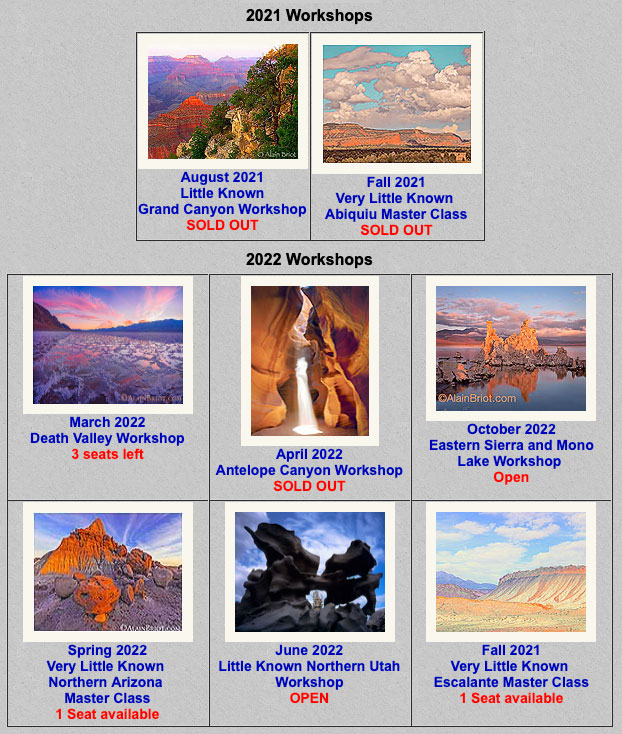
Alain Briot
July 2021
Glendale, Arizona
Author of Mastering Landscape Photography,Mastering Composition, Creativity and Personal Style, Marketing Fine Art Photography, and How Photographs are Sold. http://www.beautiful-landscape.com [email protected]






